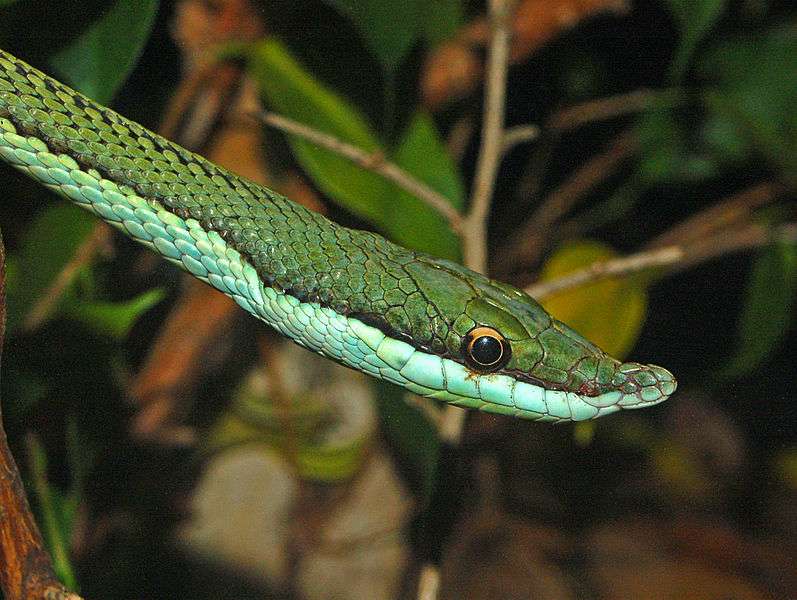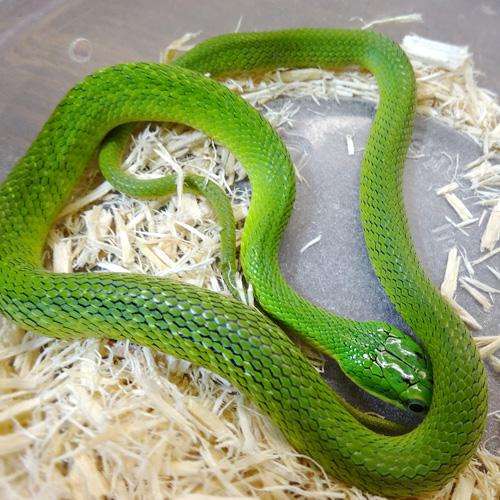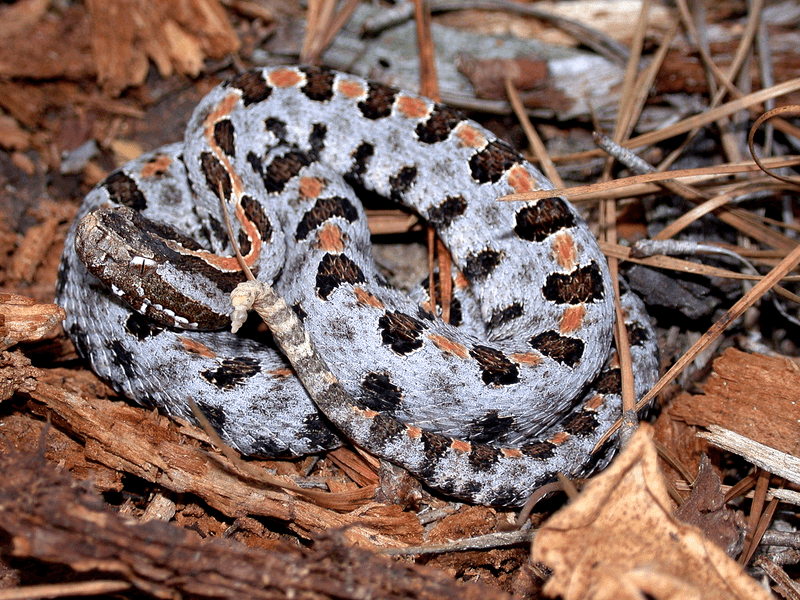
Description:
Scientific name: Philodryas baroni
Life span: Unknown
Males are often smaller than females. The length of the tail makes up about 30% of the entire body length. The longest-known species in the genus Philodryas is this one. Males tend to have a smaller, longer head with an extension of the rostral scale that forms a small, flexible nasal protuberance. The body’s coloring varies quite a bit. Although it is typically green, specimens that lean towards blue or brown have been discovered. On the front third of the body, the pattern can be solid or have black longitudinal stripes on the back and sides.
Native Region/Habitat
Argentina, Bolivia, and Paraguay are home to P. baroni. P. baroni inhabits savannah woods and forests.
Behavior:
The completely arboreal P. baroni snake is very active during the day. In general, it is passive. It releases an unpleasant-smelling material from the cloaca when it is scared.
Care As a pet/In captivity:

Enclosure: A single Baron’s racer requires a terrarium that is a minimum of 5’L x 2.5’W x 2.5’H in size. Undoubtedly, bigger is better. These snakes may appear little due to their thin bodies, yet they still require space to spread out completely, investigate, and hunt.
Temperature: In particular, the basking surface temperature for Baron’s racers should be around 90°F. It should be between 75 and 85 degrees Fahrenheit in the enclosure’s lower levels. At night, temperatures should drop, but they shouldn’t go below 68°F.
Humidity: A semi-arid species known as Baron’s racers needs average humidity levels under 50%. During the day, humidity should be at the lower end of this range, while at night, it should be greater.
Diet: The right prey for your pet Mice, rats, quail, chicks, and frog meat are some of Baron’s races.
Table





